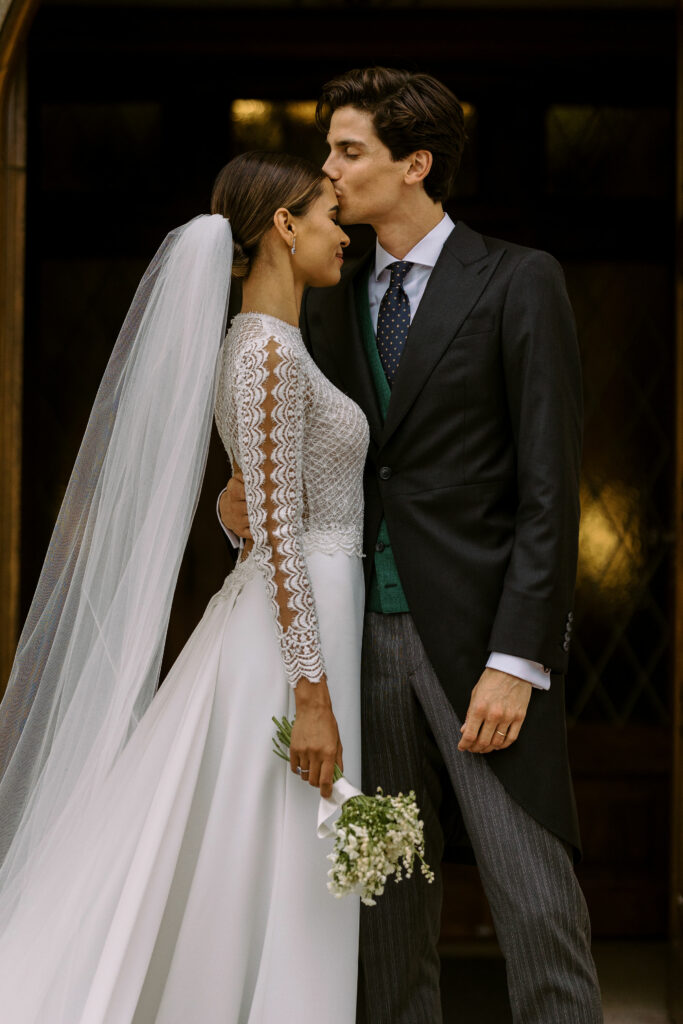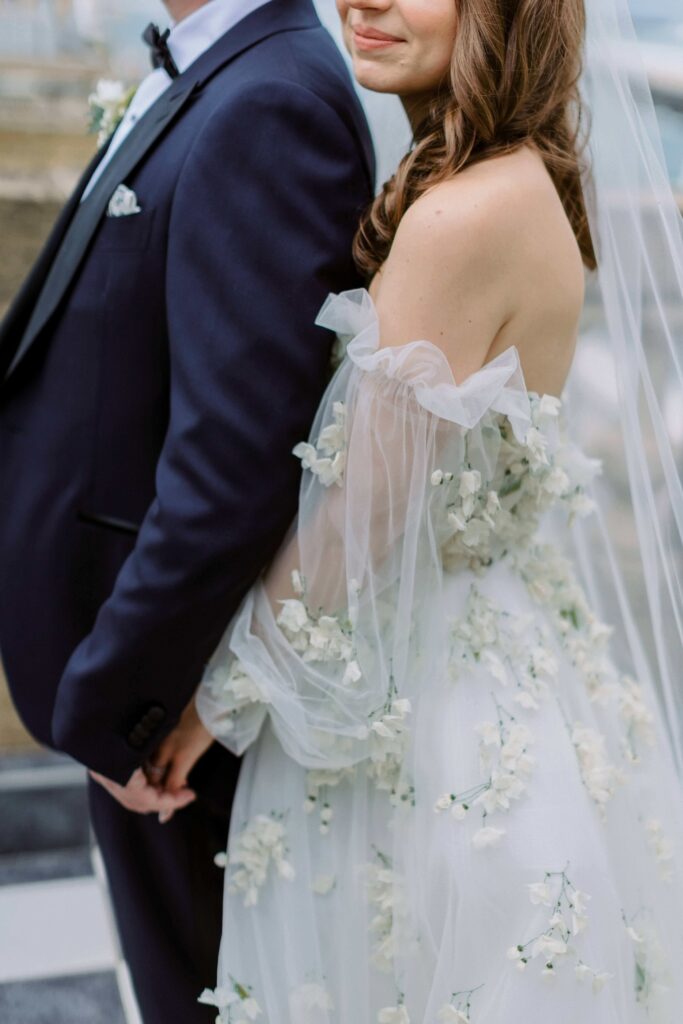BLOG

Serafín Castillo — what I’ve learned in 10 years as a wedding photographer
In today’s online sea of content, beautiful photos and interesting narratives, every photographer faces the difficult question of how to stay true to their own voice. While it’s tempting to isolate yourself from social media to avoid being exposed to other people’s work — staying informed about industry trends is important. It allows you to shape your own style, discover your signature, and differentiate yourself from other photographers.
"One thing that amazes me in the photography industry is how popular it is to say that you shouldn't follow other wedding photographers, or be exposed to their work or the same type of photography, in order to avoid being influenced. Can you imagine any other business, that says you shouldn't look at your competition?"
Today's interview features Serafin Castillo, a renowned Spanish photographer and educator with over a decade of experience. Serafin has been recognized as one of Spain's best wedding photographers, and we are honored to have him as a Pixieset ambassador.
In our conversation, he talks about the importance of being active within the community. According to Serafin, getting exposed to other photographers' work provides a learning opportunity and helps refine your own craft.


What part of your photography work brings you the most pleasure?
In my 12 years of experience in the wedding industry, I went through different stages. Initially, what brought me the most pleasure was taking that epic photo at the top of the mountain and achieving that “wow” effect.
Later, I started looking for meaningful interactions with everyone I met on the wedding day, not just the couple. This stage sparked a lot of curiosity and brought me joy, but I also started paying more attention to the business aspects of my work. Now, I’m learning about negotiations, how to be better at sales and what it takes to create the best experience for my clients.
How did you start photographing destination weddings? Do you have any tips for photographers who want to switch into this type of work?
I am lucky to have landed my first destination wedding relatively quickly. By my third year, I was already traveling outside of Spain and photographing a wedding in the picturesque Tuscany region of Italy.
As I think about that experience, my advice to new photographers is to remember that everything should unfold naturally. I learned this in my early years, when I attended a workshop led by the well-known photographer Sean Flanigan. I connected with fellow photographers and created a bond that eventually led to my first destination booking through a recommendation. From there, I focused on delivering the best possible service, aiming to impress not just the couple but also their guests, so they would all recommend me. After all, doing something well is the most effective form of marketing.

What inspires the work you create now?
At this point in my career, I’m going back to the basics. This year, I started to review my entire library of photography books. Not just taking a glimpse, but studying every book and trying to understand the why of photography. The first couple of books I've studied this year are by Peter Beard, Peter Lindbergh, and magazines like Scenery. I'm also paying attention to wedding photography trends outside of Spain.
Describe an experience that felt like a tipping point in your career. How did it impact you and your work?
In my second year of working as a wedding photographer and barely having a portfolio, I managed to get a contact number from Vogue Spain. Without thinking about any embarrassment or what they would say, I sent them my photos from an entire wedding. Although they didn’t accept me for the initial project I applied for, they recognized my work and decided to feature me in Vogue Magazine as one of the rising talents of wedding photography in Spain. You can imagine how much exposure and public awareness that brought me.
A couple saw the article and they reached out to me. All I did was focus on delivering my best work possible. In 2023, a decade later, Vogue featured me as one of the best wedding photographers in Spain.


What are some aspects of running a photography business that are invisible to a regular person, but take a lot of time and are crucial to the business’ success?
I believe the most important aspect is to create a pleasant experience for the customer from the first moment they contact you or learn about your services.
It starts with a clear and easy-to-navigate website, that is both visually appealing and functional, and it ends with the delivery of the final gallery, and offering clients the option to purchase albums and printed photographs.
Another aspect that I would highlight is the importance of being digitally present. You should consistently post updates and let your followers know what you’re up to.
What's an unpopular opinion that you have about the photography industry?
One thing that amazes me in the photography industry is how popular it is to say that you shouldn’t follow other wedding photographers, or be exposed to their work or the same type of photography, in order to avoid being influenced.
Can you imagine any other business, that says you shouldn't look at your competition? How else would we see the current trends in the industry? How would we learn the way our fellow photographers sell or communicate?
Which Pixieset tools do you currently use, and how do they impact your work and the experience you offer?
When it comes to Pixieset products, I'm the most impressed by the website management and design tool. For the first time, I feel like I’m in control over every section on my website. I can easily make changes, add pages, and manage it 100% on my own without it being tedious.
I've also been using the Pixieset galleries to deliver my work since I started as a photographer. I have a process that allows me to do minimal work while ensuring a great photo delivery experience for my clients.
How did you identify your ideal client and how do you nurture those relationships?
I think that your “ideal client” changes and evolves over time. I used to look for couples who want something different for their wedding. Now, I attract clients who resonate with my aesthetic taste. My advice would be to define your style, establish your values, and let the people who align with that, find you.
From your mentorship experience, what are some common things that photographers struggle with?
During my mentoring session, I noticed that many photographers seek to improve communication and learn how to increase sales. Both are important in the photography industry, especially in the wedding niche. I try to teach my students and let them see that everything is a form of communication: the way you write, speak, the pictures you show, the personal stories you post and how you create unforgettable experiences for your clients.


What's one piece of advice you would pass on to younger generations?
Don’t make the same mistake I did. I focused too much on photography and not enough on the business aspect. If I were to start over, I would invest 50% of my time in my craft and the other 50% — in learning how to run the business. As the years go by, I would adjust how much I focus on each area, but I would always keep a balance between the two.
Through his openness to constantly learn and discover new ways to evolve, Serafin grew a sustainable business and became an international standard in the wedding market. His story shows that paying attention to every detail makes a huge difference. From the craft to the business aspects, from client relationships to community presence — all contribute to success.



